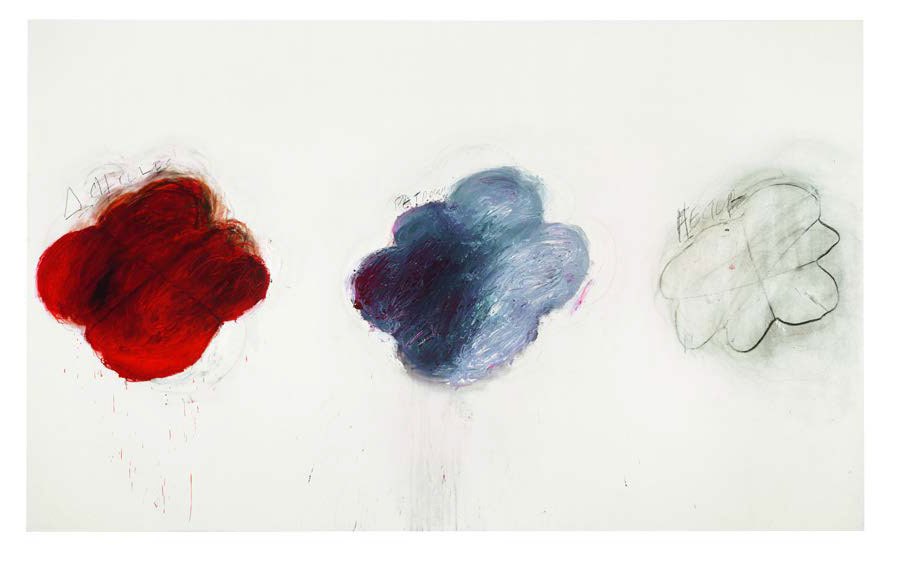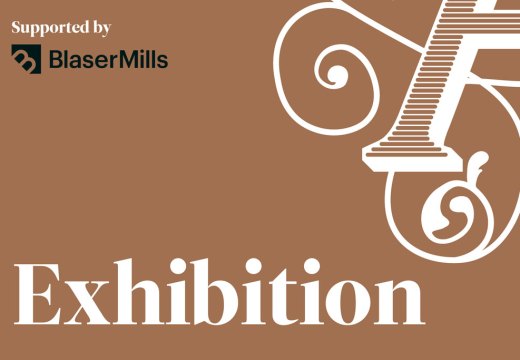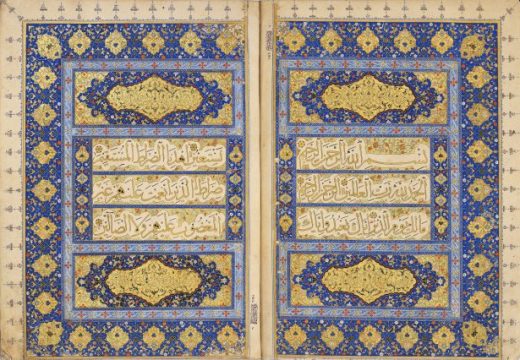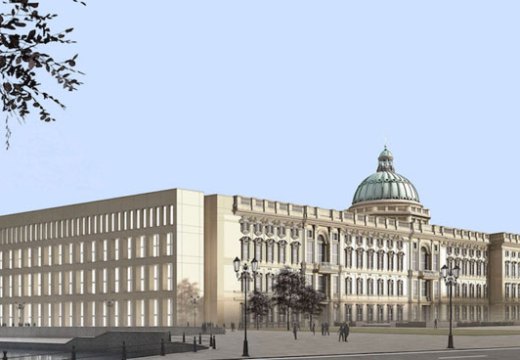On the eve of a major Cy Twombly retrospective at the Centre Pompidou, Paris, his longstanding collaborator, Nicola Del Roscio, talks to Apollo about the artist’s love of French culture and the work of the Cy Twombly Foundation
Cy Twombly held important exhibitions at the Centre Pompidou in 1988 and 2004. And of course, one of his great late works is the ceiling of the Salle des Bronzes at the Louvre. How did his attitude to Paris evolve during the course of his career?
He had a great curiosity and respect for French culture, and used many references to it in his art. He loved French poetry, for instance: Verlaine, Rimbaud, and above all Baudelaire. And he had a great respect for Roland Barthes, who wrote a very important essay about him [‘The Wisdom of Art’].
Although he never lived in Paris, he went there often, taking the night train from Rome in the evening and arriving in Paris the next morning. As soon as he arrived he used to go to the hôtel La Louisiane on rue de Seine, which he liked very much because he was fascinated by the story of Jean-Paul Sartre and Simone de Beauvoir, who had written books there during the Second World War. He loved wandering around the city with no particular aim, visiting the bookshops and the fleamarkets.
And how did he enjoy exhibiting at the (then rather new) Pompidou?
It was a very symbolic thing, of course, just as for many artists exhibiting in Rome carries a certain symbolic weight. In all of his exhibitions at the Pompidou he enjoyed how the space was divided and the works exhibited. He liked very much, and befriended a group of people who formed, directed, or curated at the Pompidou – including Alfred Pacquement, Bernard Blistène and Jonas Storsve – and he was particularly fond of Dominique Bozo [who was director from 1981–88], who died young, and to whom Twombly dedicated a sculpture that he later gave to the museum.
This exhibition focuses on the importance to Twombly of works in series or cycles. The Nine Discourses on Commodus received a harsh critical reception when they were first shown in 1963. What was Twombly’s attitude to the paintings as their reputation developed in the years that followed?
Nine Discourses on Commodus was a strong emotional response to the assassination of Kennedy. He felt or worried that episode would start the decline of America, in the sense that an assassination might be used to cure problems. He used the metaphor of the Emperor Commodus, famous for his frustration about his incapacity to be creative, becoming violent when he was unable to solve problems – which gave way to a decline of Roman civilisation. A section of the American intellectual class did not understand the works; only a few did, among them the painter Paul Thek. Joseph Beuys also admired them.
Some of the series, such as the Fifty Days at Iliam [1978] and Nini’s Paintings [1971], seem to have been born out of creative or personal struggles. Did Twombly’s series carry a greater psychological intensity for him than standalone works?
Yes. Nini’s Paintings was an emotional reaction to the suicide of Nini Pirandello, the wife of his Italian dealer Plinio De Martiis. She was the niece of the Nobel-prize winning playwright Luigi Pirandello, and a personal friend.
The Cy Twombly Foundation moved into its new headquarters in New York last year, and academic and wider interest in the artist continues to grow. What plans does the Foundation have in the coming years for continuing to preserve Twombly’s achievement and reputation?
The Cy Twombly Foundation is committed to preserving the legacy of Cy Twombly and his work, and it is wonderful to see academic and other interest growing. We will continue to favour exhibitions and publications through which people will see and learn more. Twombly is a painter about whom there are always new things to discover, because as an artist, he kept renewing himself. He was lucky to live part of his life in Europe, part of it in America, which gave him such a rich sense of two different worlds. And he was creative until the last days of his life, which is rare for a painter, so there are still many aspects of his work for people to explore. There’s currently a lot of interest in his photography, with recent exhibitions in Germany, Spain and Japan.
At the moment, I am finishing the catalogues raisonnés of paintings, drawings, sculptures, and photographs. The penultimate volume dedicated to the drawings is about to be published, with the final volume due next spring. After that, I’ll work on the second and final volume of the sculpture catalogue.
Given Twombly’s love of, and life in Italy, it seems appropriate that there should be a museum or permanent exhibition space there. Is there any prospect of this happening?
As you say, Italy had a special significance. I cannot really get into any details about museums or exhibitions, but I hope that one day a public institution, perhaps the Galleria Nazionale d’Arte Moderna [GNAM] in Rome, will dedicate a room permanently to his work. But sometimes the things that should be simplest turn out to be the most complicated. There aren’t many works by Twombly in Italian collections, but there have been important exhibitions here in recent years: at Ca’ Pesaro in Venice last year, and a display at Casa Malaparte on Capri, of drawings he made in the 1960s on Ischia and Capri. We, as the Foundation, are here to support the audience for Twombly’s work in Italy, as well as the audiences in the United States and around the world.
‘Cy Twombly’ is at the Centre Pompidou, Paris, from 30 November–24 April 2017.
Unlimited access from just $16 every 3 months
Subscribe to get unlimited and exclusive access to the top art stories, interviews and exhibition reviews.














![Masterpiece [Re]discovery 2022. Photo: Ben Fisher Photography, courtesy of Masterpiece London](http://www.apollo-magazine.com/wp-content/uploads/2022/07/MPL2022_4263.jpg)
Why are fathers so absent from art history?